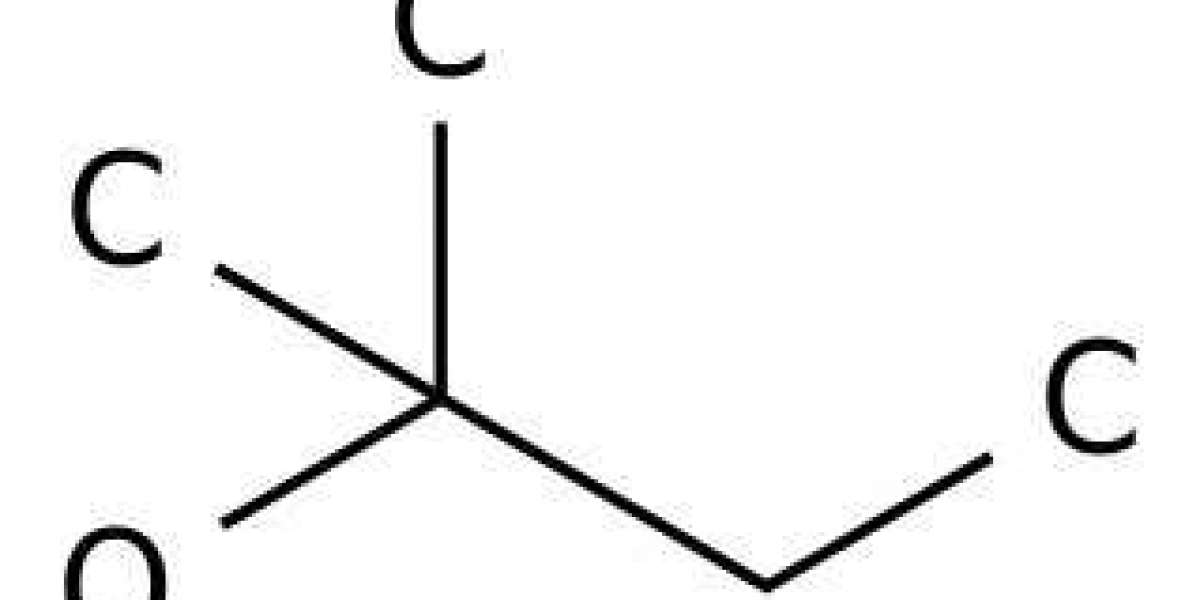Recreational 2-Methyl-2-Butanol Use: An Emerging Wave of Misuse of an Ethanol Substitute on the Horizon?
There has been an increasing trend to use 2-methyl-2-butanol (also known as tert-amyl alcohol), an old, tertiary alcohol product previously used as a sedative/anesthetic agent, as an inexpensive, easily accessible, potent, and nondetectable ethanol substitute. Referred to as 2M2B on internet blogs, eg, Reddit and Erowid, it is touted to promote potent intoxicating effects greater than those of ethanol. We describe a patient whose use of 2M2B led to hospital presentation with protracted intoxication and delirium.
2-Methyl-2-butanol is a tertiary alcohol possessing depressant, hypnotic, and anxiolytic effects thought to be related to its ability to bind to, and inhibit, the γ-aminobutyric acid–A (GABA-A) receptor. It is available in liquid form and has been accessible from online commercial sources, eg, eBay and Amazon.com, accompanied by a disclaimer that the product is not for human consumption. The ingestion of 2M2B is unpleasant: it reportedly has a camphor-like aroma, and it produces a burning sensation in the mouth and throat. Users often dilute it in water or another liquid to mitigate unpleasant effects.
The appeal of 2-methyl-2-butanol as an ethanol substitute among recreational users has been based on several of its pharmacokinetic features. First, 2M2B has greater potency and duration of action than ethanol. Ingestion of amounts as little as 7.5 mL have been advocated to achieve “warm feelings,” relaxation, talkativeness, and mildly euphoric and anxiolytic effects equal to the effects obtained by considerably larger quantities of ethanol, eg, 150 mL of standard liquor. 2M2B has an extended duration of action that is estimated to last up to 12–24 hours after consumption. Second, use of 2M2B is not associated with hangover. 2M2B does not undergo metabolism by alcohol dehydrogenase into aldehydes, which cause hangover; instead, it is oxidized by cytochrome P450–dependent reactions. Lastly, 2M2B is not detected on routine urine toxicology screens, a feature that makes it particularly appealing to individuals wishing to escape detection from mandatory routine toxicology assessments.
The paucity of pharmacodynamic information on 2-methyl-2-butanol has made it difficult to determine the safety of doses employed for its intoxicating effects. The safety of the use of 2M2B in large doses or repeated dosing has not been established, although it is anticipated that tolerance develops with repeated use. Certainly, combinations with other sedative-hypnotics, eg, benzodiazepines and opioids, can produce deleterious effects.



